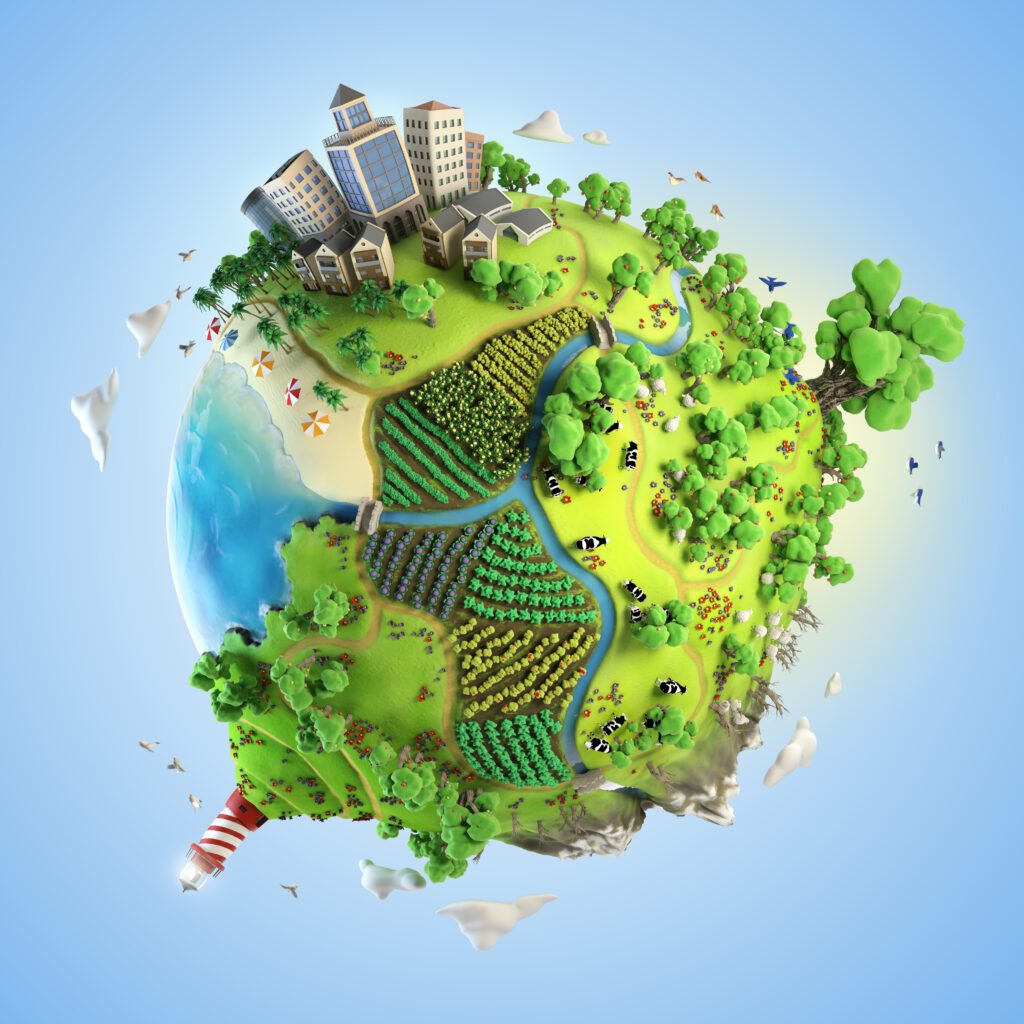
April 22nd is International Mother Earth Day, designated by the United Nations General Assembly as a reminder of what the planet has to offer, and to promote discussions on how we can shift to a sustainable economy where humans can prosper in harmony with nature. This is the first International Mother Earth Day celebrated since the launch of UN’s Decade on Ecosystem Restoration, an official call to protect and revive ecosystems around the world. The benefits of restoring ecosystems are countless; it can improve poverty for those in regions where crop yield is low due to climate, combat climate change by increasing healthy lands that absorb carbon, restore biodiversity, all of which is tied to a sustainable and prosperous human society.
Urban areas are commonly considered ecosystems that require restoration as well. Often as a result of unprecedented population growth, cities across the world are experiencing escalating pollution, environmental degradation, higher demand for food, water, energy than its supply capacity, and an increasing wealth gap. Urban ecosystem restoration has a significant potential to improve this (Source: Forests and sustainable cities [PDF]). Some examples of this and its benefits include:
- Increasing green infrastructure such as parks and urban forests; Greeneries can absorb excess CO2 from the air, provide shading space during summer months to save energy consumption, increase the appeal and resulting property value of neighbourhoods (addresses social inequity within cities), and increases biodiversity.
- Creating wetlands and other permeable structures such as sidewalks can absorb rain water and protect civilization against flooding.
The benefits of urban restoration results in healthier people, cities, and ecosystems that allows for a society and economy that is better aligned with the nature.
Listed below are examples of some urban ecological restoration work that BCIT has worked on throughout the years:
- Guichon Creek Restoration – Once an underground drainage channel, BCIT has been working for the past 25 years to restore the Guichon Creek environment and wildlife on the Burnaby campus. Today, it is known as a successful example of urban stream restoration where streamside vegetation and improved water quality has brought back wildlife such as the cutthroat trout.
- South Wetland Restoration – BCIT, along with its Rivers Institute and the students of the Ecological Restoration Program has built a new wetland on the south end of the Burnaby Campus. It has become a biodiversity hotspot with a boost of living organisms, and also acts to filter out pollutants and sediments out of the rainwater.